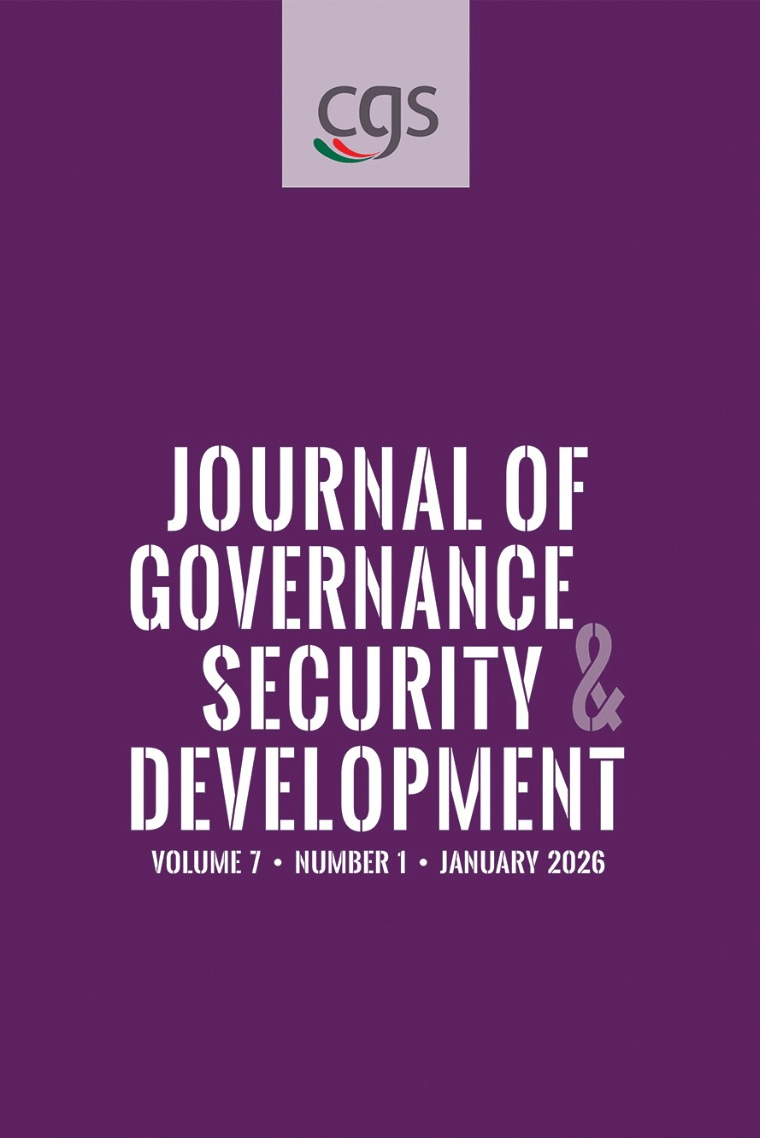Journal Abstract
Volume 6 | Number 1-2
Online Version: ISSN No: 2708-2490
Print Version: ISSN No: 2709-0590
Price: BDT: 750.00, USD: 25.00
Publish Date: 01, July 2025
Article:
Samimuzzaman
Abstract
This paper explores the geopolitical dynamics of South Asia, focusing on the competing influences of China and India and their impact on the domestic politics of smaller South Asian countries. Grounded in theories of balance of power, power transition, and defensive realism, the study examines how regional hegemonic competition shapes foreign policy behaviors and influences domestic political landscapes. By analyzing case studies of Afghanistan, Bangladesh, Bhutan, Maldives, Nepal, Pakistan, and Sri Lanka, the paper highlights the diverse ways in which China and India leverage economic, military, and cultural tools to establish influence. It reveals how smaller states navigate this rivalry by balancing relations to safeguard sovereignty, pursue development, and maintain political stability. The findings emphasize that while China’s approach often focuses on economic investments and non-interference, India’s strategy is rooted in historical ties, financial aid, and people-to-people connections. This interplay has both stabilized and polarized domestic politics in these nations. The study concludes by arguing that the hegemonic competition between China and India impacts regional power dynamics and reshapes the political trajectories of South Asia's smaller states, necessitating strategic balancing to mitigate risks and maximize benefits.


